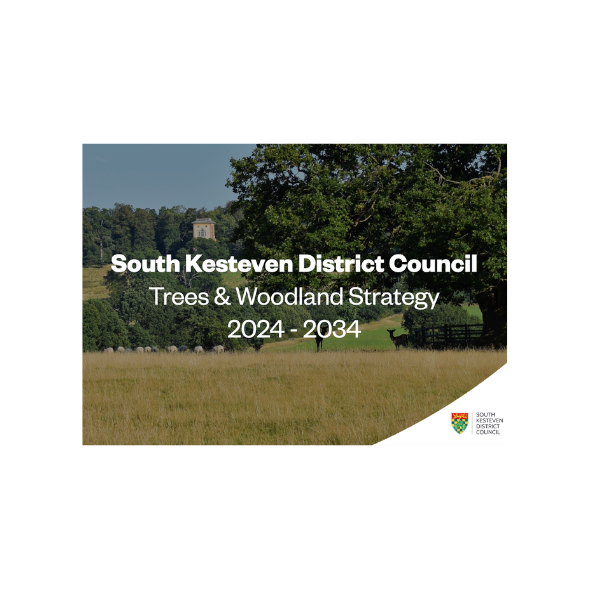Torbay have undertaken a second i-Tree Eco Sample survey, little over a decade after the original study. This project reports on the current structure of the urban forest of Torbay, and the ecosystem services which it affords to the area. It has been compared to the original data from 2010 to see how the urban forest has changed over time.
- Torbay’s urban forest is comprised of 458,800 trees, covering 18.2% of Torbay.
- In comparison with the previous study undertaken in 2010, tree numbers have reduced, however canopy cover across Torbay has increased by 6.4%.
- Total annual benefits of trees are valued at £6,320,00 per year. Pollution removal and avoided run-off have increased since 2010, however carbon sequestration has decreased.
- Grasses and herbaceous plants account for 48.8% of the ground cover in Torbay, and a further 10.8% is shrub cover.
- The cost to replace the urban forest would be upwards of £306 million.
- The trees are estimated to be worth £4.1 billion in amenity value (CAVAT) and green spaces are estimated to be worth £45 million in recreational value (ORVal).
- The most common tree species is Fraxinus Excelsior, which represents 14% of all trees in the urban forest. The vast majority of these trees are in poor or critical condition due to the effects of Ash Dieback.
- Ash dieback could affect over 83,000 trees with an estimated replacement cost of £27.5 million.
- A number of other green infrastructure aspects have been valued along side the trees, including shrubs, grasslands, soils, and seagrass.







